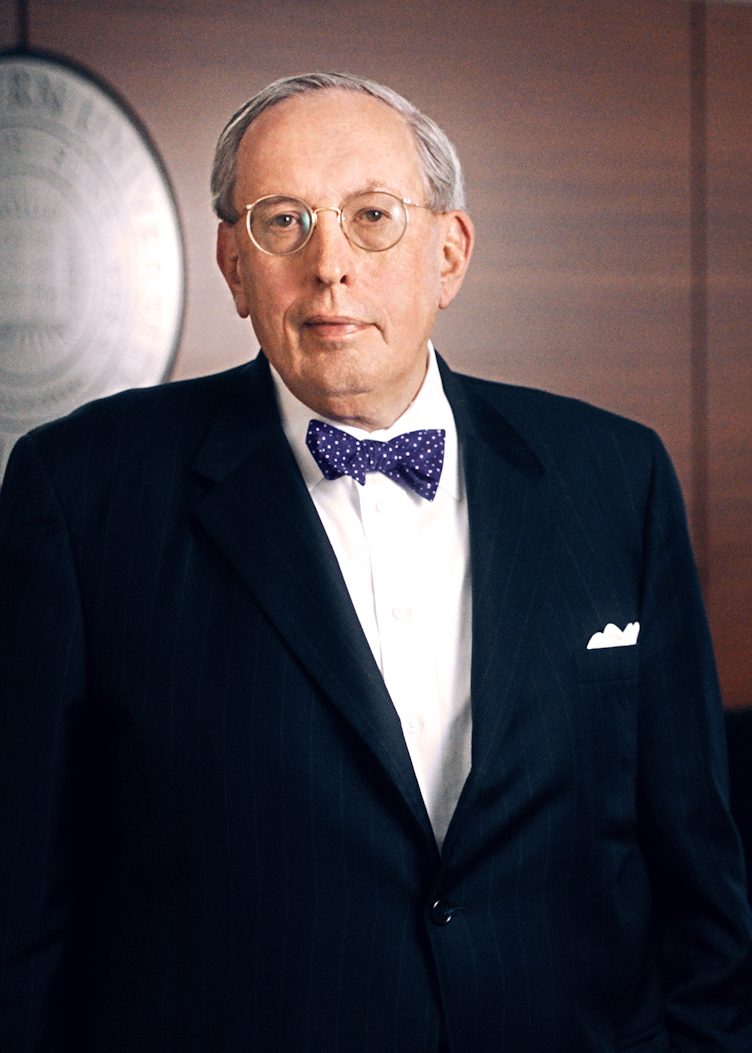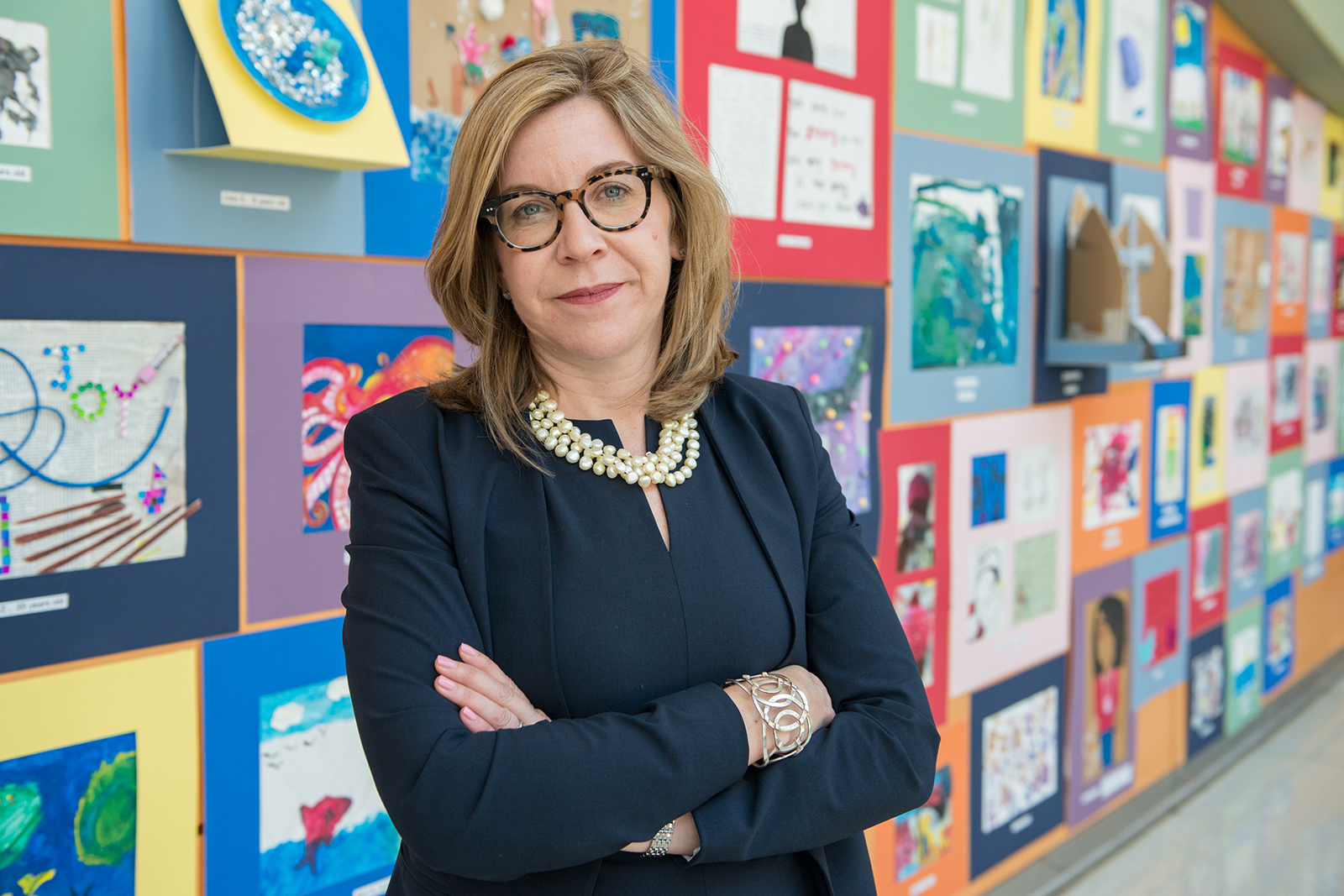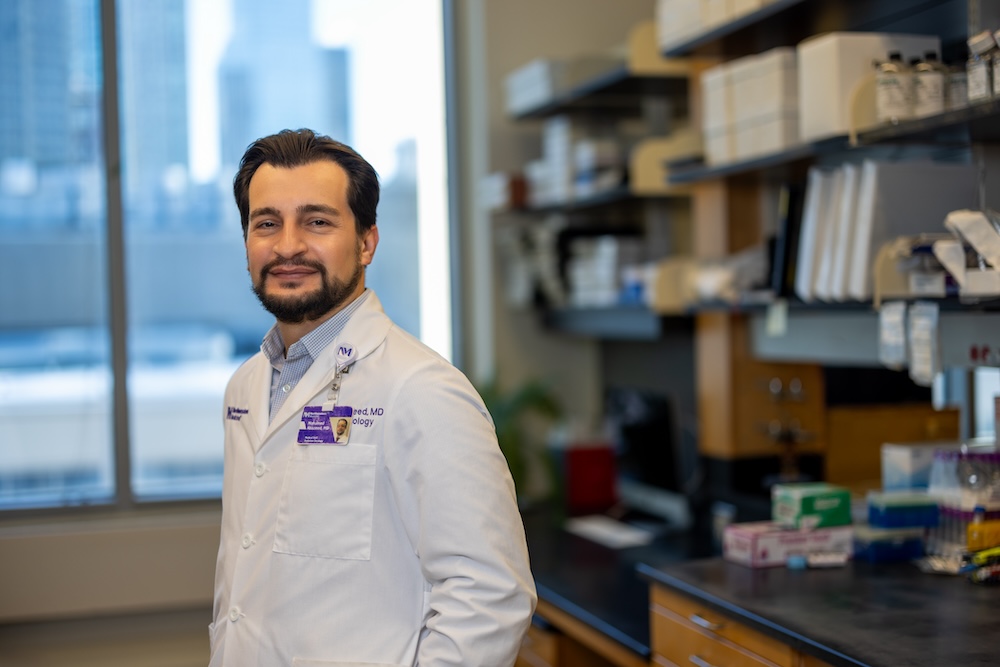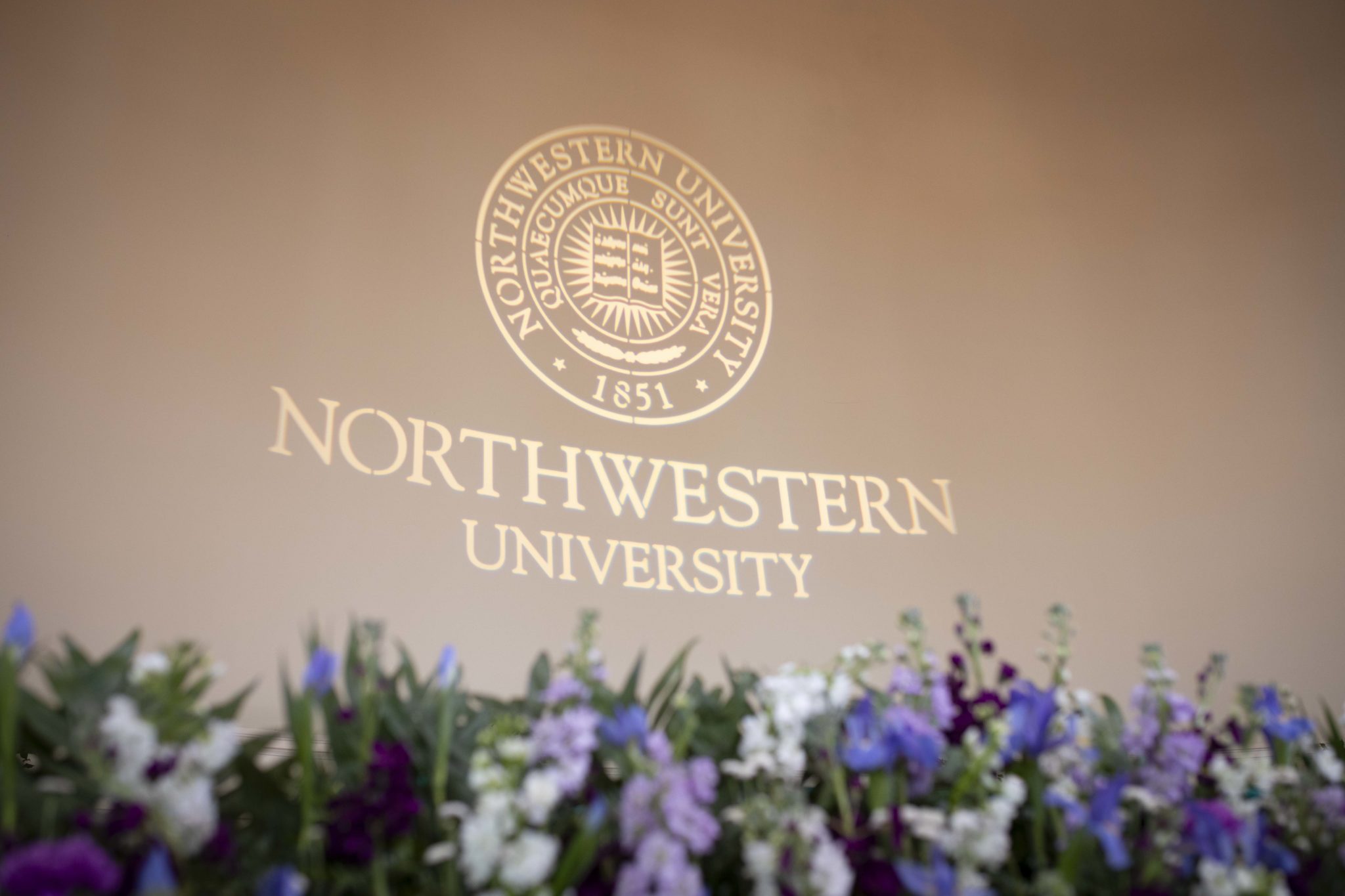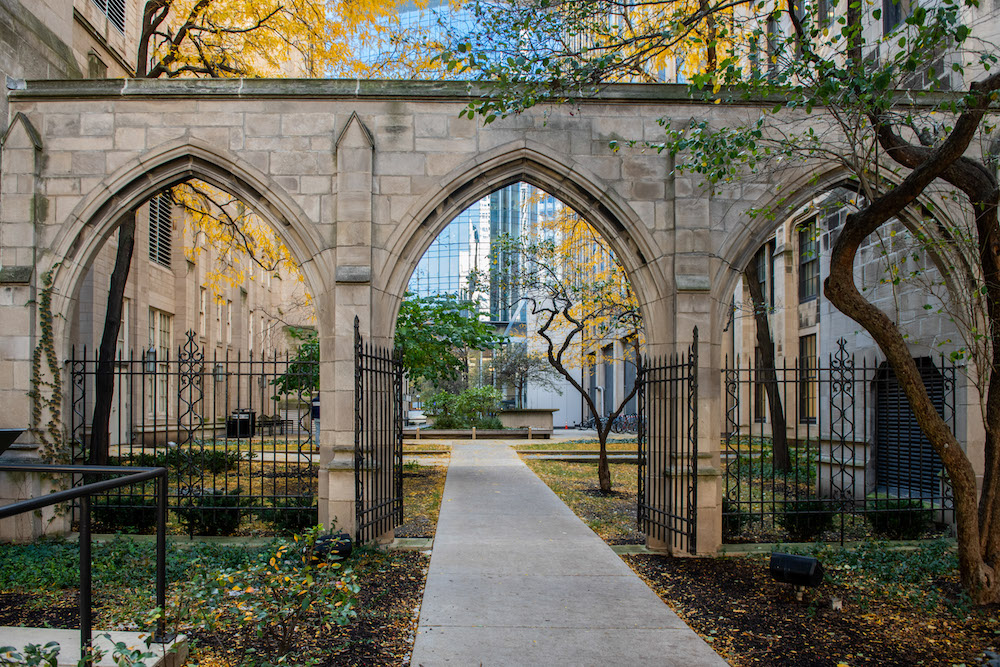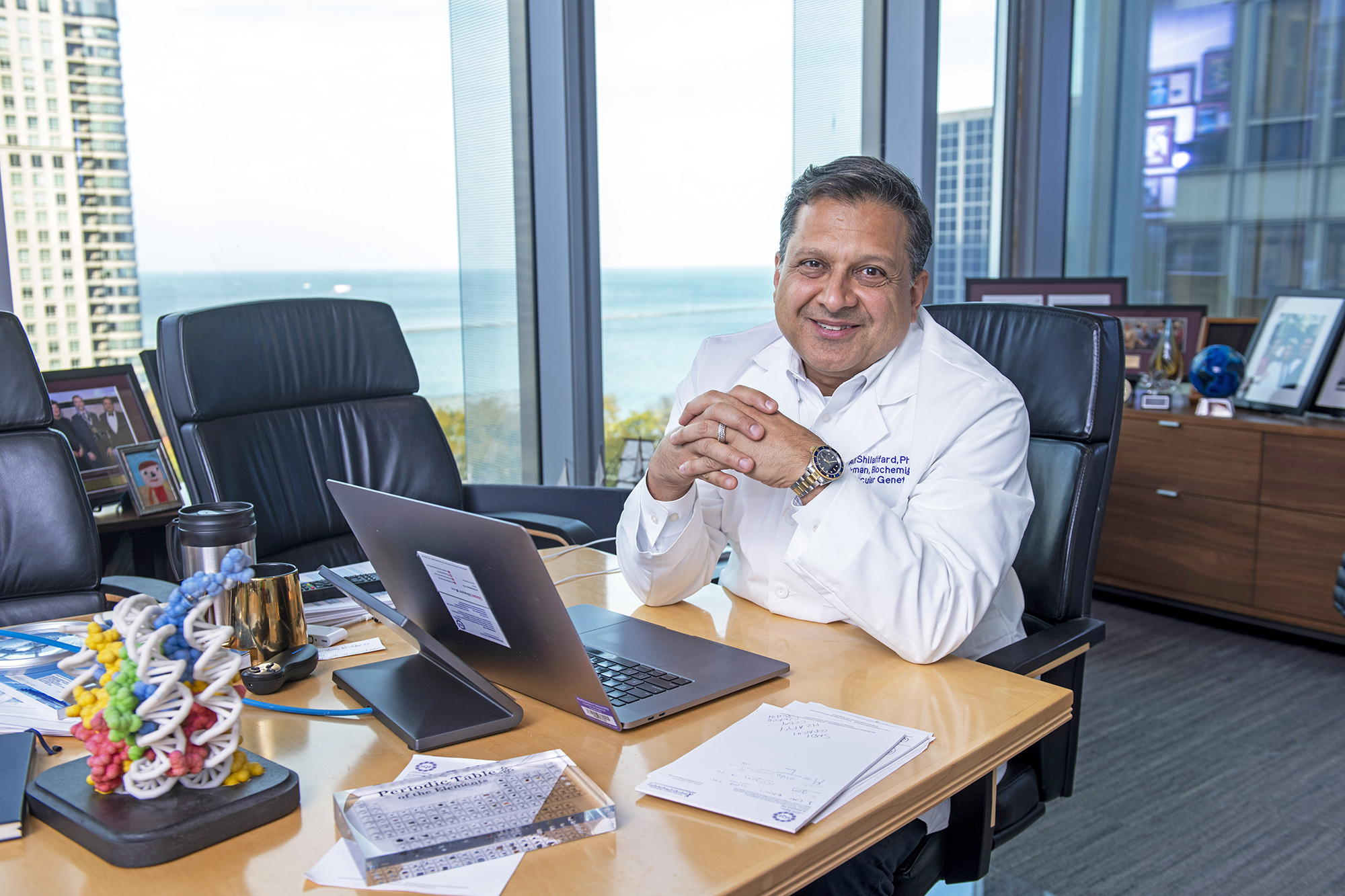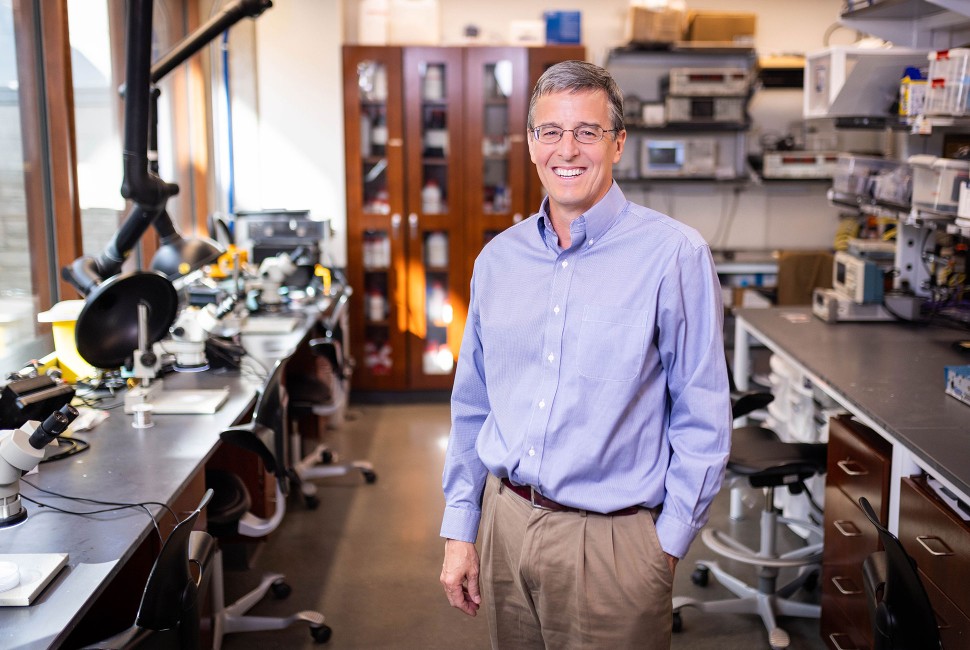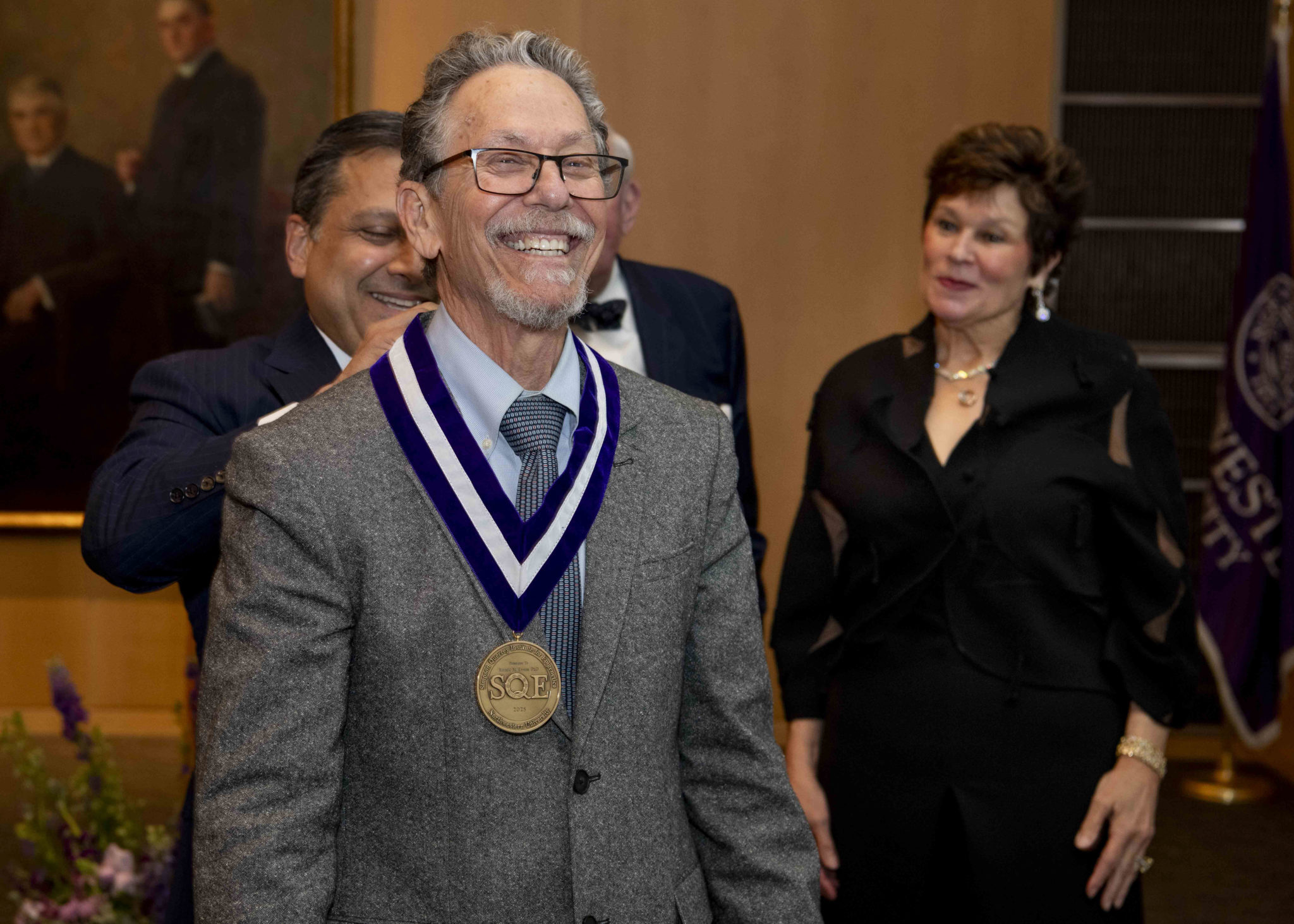Home / Campus News / An Ever-Evolving Medical School
An Ever-Evolving Medical School
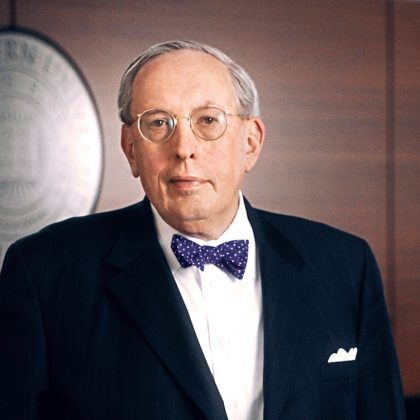
Vice President for Medical Affairs
Lewis Landsberg Dean
As 2019 came to a close, I looked back on the year’s accomplishments with a sense of pride. We opened a world-class research building — the largest of its kind in the United States: the Simpson Querrey Biomedical Research Center — making national headlines and cementing our stature as a world-class destination for biomedical research. We welcomed two new chairs, opened 10 new centers, and expanded educational offerings for students and trainees. Not coincidentally, this year, Feinberg School of Medicine ranked 19th in the nation among the best research-oriented medical schools in the nation, according to the U.S. News & World Report rankings.
At the same time, 2019 was an exceptional year of scientific discovery. Feinberg principal investigators secured a record-breaking $534 million in sponsored research funding and awards during the 2018–2019 fiscal year, a 10.2 percent increase in funding over 2018. More than 4,000 clinical trials and research studies were conducted at Feinberg, led by 652 principal investigators. And a total of 66 patents and five new start-up companies were established within the last fiscal year alone.
These immense accomplishments don’t happen by accident. They are inextricably tied to our mission of impacting the practice of medicine through discovery and education. This mission is activated through our strategic plan, deliberately designed to drive growth and change at the medical school by advancing, enhancing, and strengthening our research, educational, and clinical enterprises, while at the same time advancing diversity and inclusion, and focusing on community engagement.
To achieve these goals, we have given ourselves a challenge to be both responsive and bold, continually seeking out and creating new knowledge, always with an eye toward solving the vexing problems — like health disparities and the challenges of an aging population — that will profoundly impact our future.
In order to make progress on these ambitious efforts, Feinberg is actively investing in collaboration. Instead of clinging to outdated academic silos, the medical school is building teams who are relentlessly committed to the possibilities of discovery, particularly at the intersection of disciplines.
The medical school is building teams who are relentlessly committed to the possibilities of discovery, particularly at the intersection of disciplines.
This forward-thinking approach can best be illustrated by the innovative integrated research hubs we launched this year, including the Global Health Institute and more than 10 new research centers, including the Center for Translational Pain Research and the Center for Food Allergy and Asthma Research.
In fact, as you read this issue, I think you will be struck by the many mentions of the word interdisciplinary and by the surge in collaborations across departments and schools, from data science to artificial intelligence (AI) to using the Apple Watch to gather critical medical data — all to advance scientific discovery and improve human health.
Indeed, 2019 was a fast-paced, transformative year. Yet, 2020 already promises to be even more dynamic. On New Year’s Day, I opened The New York Times to see coverage of a team of Feinberg investigators who partnered with Google to develop AI that can not only read mammograms, but may even outperform physicians at detecting cancer in X-rays.
This was an auspicious start to the new year, which portends even more developments: As the sun set on 2019, we were already planning the opening of a comprehensive Institute for Artificial Intelligence in Medicine and an Institute for Aging Research in 2020. As always at Northwestern, a new year means new and inventive developments. We wouldn’t have it any other way.
Eric G. Neilson, MD
Vice President for Medical Affairs
Lewis Landsberg Dean

